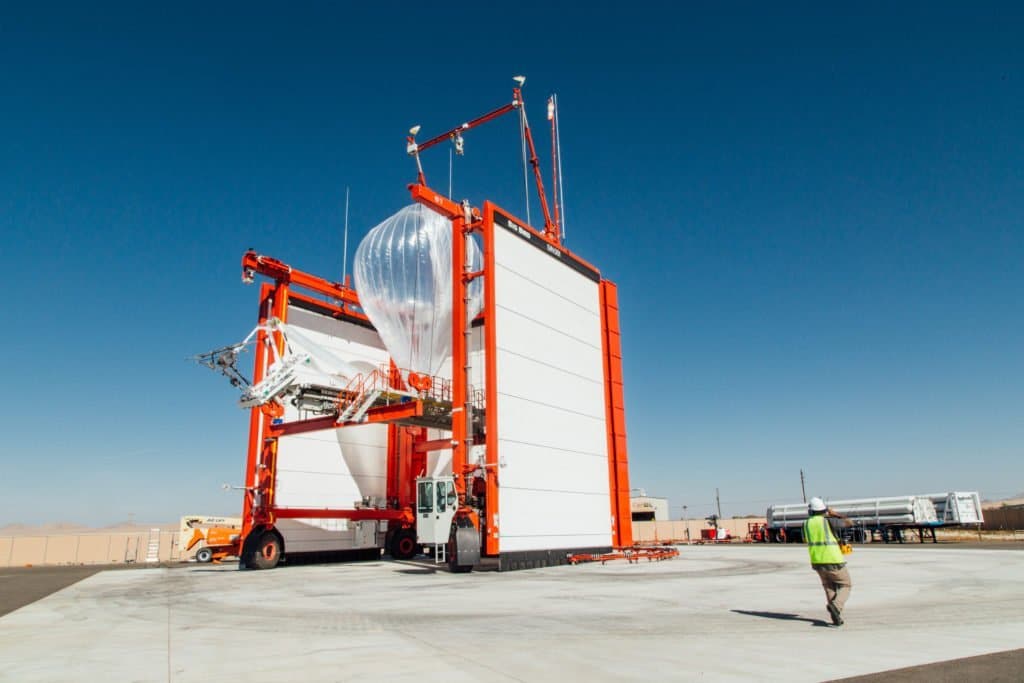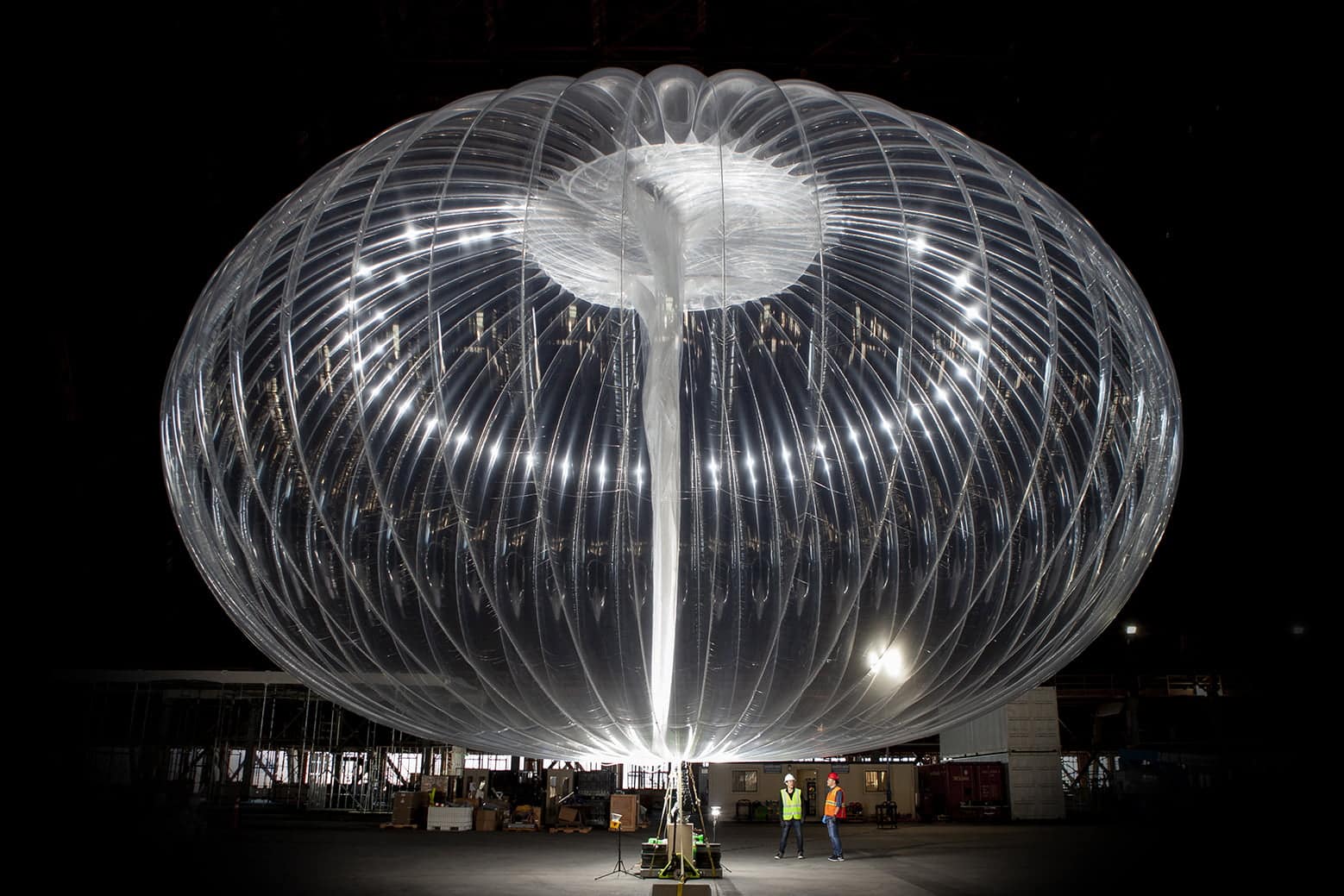Google Loon, the balloon internet delivery service, is moving beyond Africa to the Amazon rainforest.
And the Mountain View company doesn't stop there. Google Loon has announced that it is also bringing the Internet to areas of Peru where about 200.000 people live, thanks to its agreement with Internet Para Todos Perú (IpT), an operator of Open Access infrastructures.
Connecting remote parts of Africa and the Amazon could open up new, big revenue opportunities for the research giant.
New users, new customers
According to an estimate by CultureBanx, every new person who is able to connect to the Internet has the opportunity to turn into a paying customer. Currently, a quarter of people in the Amazon rainforest do not have 3G Internet access and IpT wants to connect 6 million rural Peruvians by 2021.
Gym on the field
This is not Google Loon's first trip to the region: while still under Alphabet's Department X., the system has been used twice on the occasion of as many natural disasters in the affected areas.
The first field test arrived in May 2017, after the devastating floods in Lima, Peru.
Loon was able to provide an internet and mobile connection service in approximately 40.000 square km. The balloons were also subsequently deployed in November 2017, after Hurricane Maria devastated Puerto Rico and helped restore service to nearly 250.000 residents.
Flying high: In Africa, Google Loon's first task was to use high-altitude balloons that can be connected to the Internet to provide coverage for rural areas in Kenya. With a population of over 45 million people, Kenya is Africa's seventh largest country and its eighth largest economy. Although its metropolitan centers are well connected, there are still many rural and suburban areas that remain without Internet connectivity.

The Alphabet subsidiary has partnered with Kenya's Telkom to fill an internet connectivity gap in rural and suburban Kenya. Its balloons launched from Kenya's central mountains this summer, aiming to provide commercial mobile internet. For now, the two companies are awaiting final regulatory approval before service can begin.
How exactly does Google Loon work?
The balloons are very similar to traditional weather balloons, and fly at 18000 meters above sea level. They offer fourth generation (4G) wireless connectivity and are driven by artificial intelligence.
Amazon Mission
Google Loon plans to deploy its balloons in Peru to provide 4G/LTE service starting in 2020. In order for it to take flight in the Amazon, the company must first obtain regulatory approval from Peru's Ministry of Transportation and Communications .


